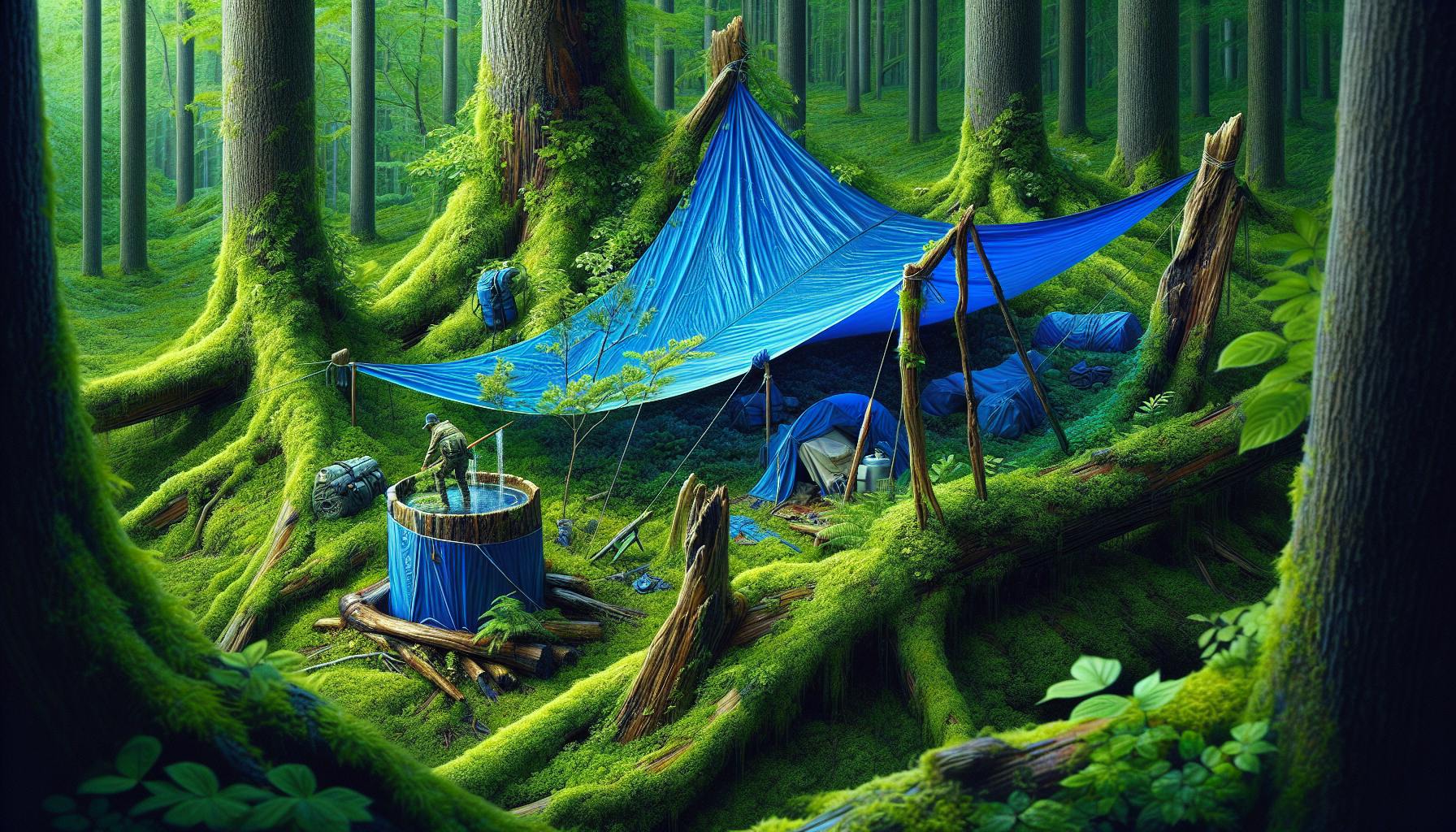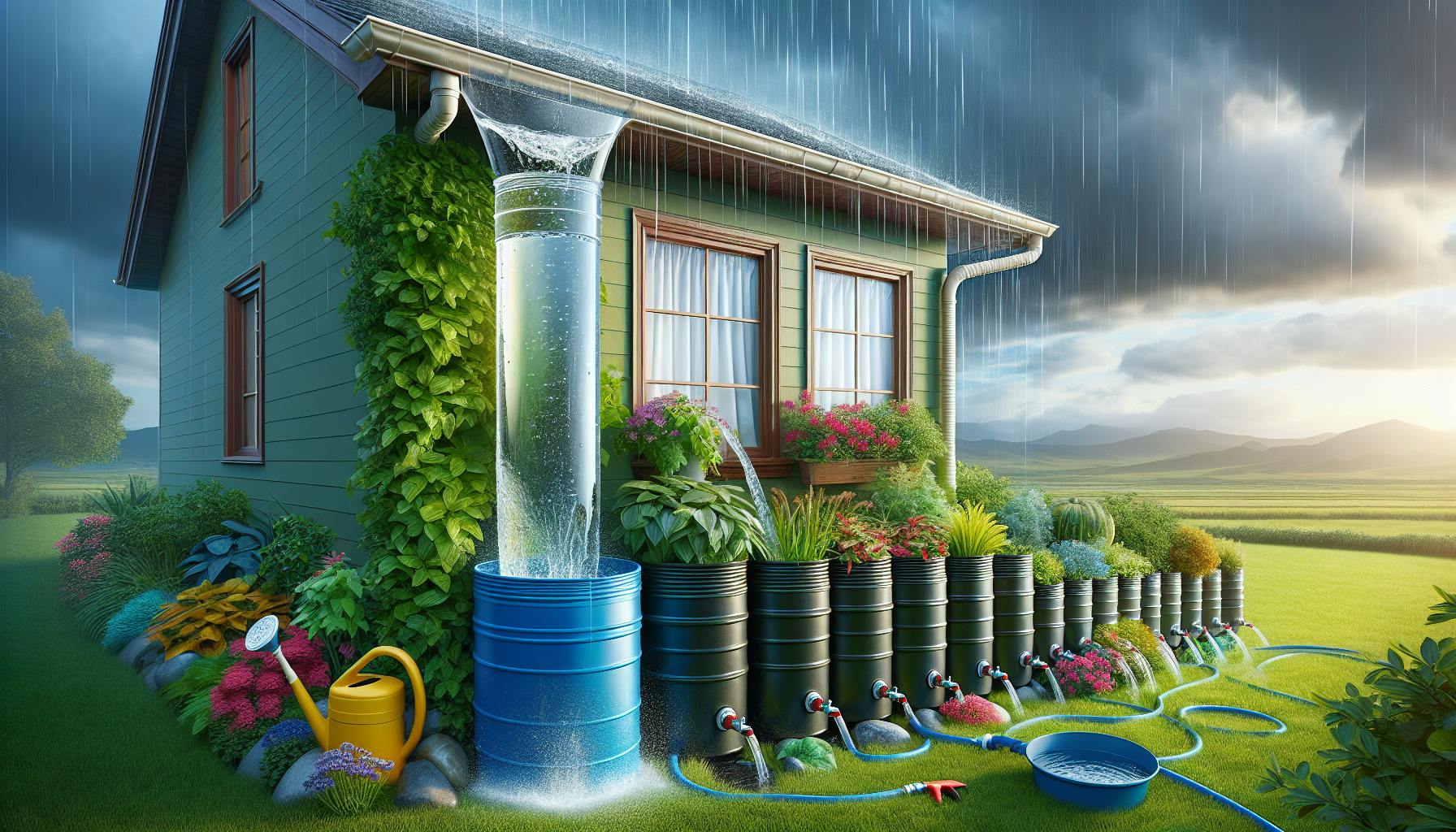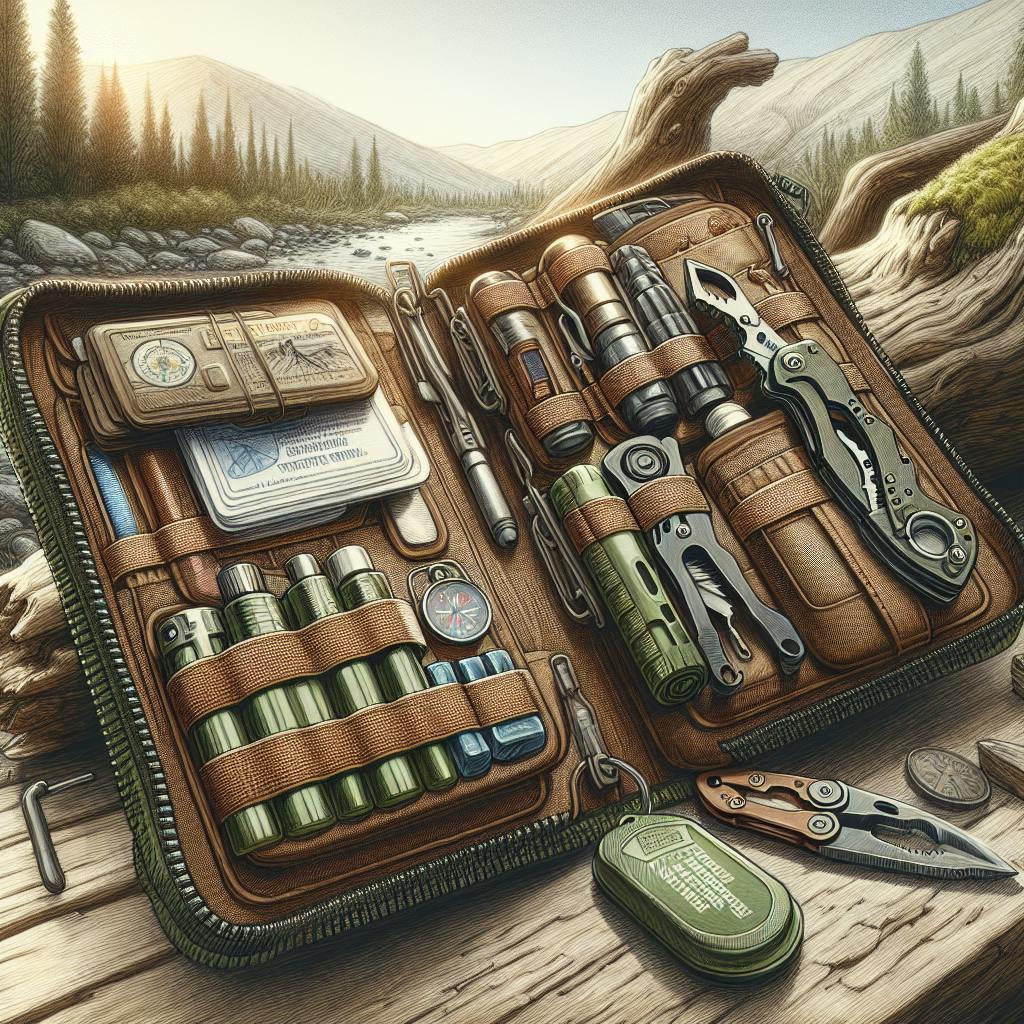Introduction to Survival Water Filters
Survival water filters are essential prepper tools for purifying water in emergency situations. They remove bacteria, parasites, and sediment from untreated water sources like lakes, rivers and streams. Water filters allow you to collect and drink water safely during natural disasters or grid failures when regular tap water is unavailable.
There are many types of filters, from simple straws to advanced pumps and gravity systems. Knowing the different options available helps you choose the right one for your needs. This article from WeLovePrepping.com compares top rated water filters to find the best models for every survival kit.
Why Untreated Water Can Make You Sick
Drinking untreated water often exposes you to contaminants that can cause severe illness or even death if ingested. The main categories of dangerous contaminants that high quality survival filters are designed to remove include:
Bacteria
Common waterborne bacteria like E. coli, Salmonella, and Cholera can lead to extreme diarrhea, dehydration, vomiting, fever and abdominal cramps when ingested. E. coli originates from fecal contamination and is commonly found in lakes and rivers near sewage runoff. Salmonella causes similar food poisoning-like symptoms. Cholera can lead to profuse diarrhea and severe dehydration that can turn fatal without proper hydration and treatment.
Most water filters remove 99.9999% of harmful disease-causing bacteria. Look for a pore size of 0.1 microns or smaller to effectively eliminate bacteria.
Parasites
Giardia and Cryptosporidium are two of the most common protozoan parasites spread through infected fecal matter contaminating water supplies. Once ingested, these parasites multiply and spread through the intestinal tract, causing intense abdominal cramping and watery, foul-smelling diarrhea that can last up to 2 weeks. Parasite cysts are larger in size compared to bacteria and require at least 1 micron filtration to remove. Reliable hollow fiber membrane filters are effective at removing these stubborn parasites.
Toxic Chemicals
Pesticides, fertilizers, industrial waste, and oil spills often leach concerning levels of harmful chemicals like heavy metals, phosphates, nitrates and industrial solvents into waterways and groundwater supplies. Consuming high doses of these toxins over time can cause various health issues from headaches and nausea to liver or kidney damage for severe exposures. Activated carbon block filters help absorb many chemical contaminants, while reverse osmosis and distillation systems can remove almost all heavy metals and other dissolved toxins.
Particles and Sediment
Dirt, silt, sand, plant matter and other organic debris make water appear cloudy while negatively impacting clarity and taste. These particulates also provide hiding spots for tiny pathogens. Larger sediment and debris should be filtered out down to around 4 microns. Ceramic filters excel at trapping sediment and particles for clearer water.
The most effective survival water filters use a combination of methods like hollow fiber membranes, activated carbon, and pre-filters to remove sediment along with major disease-causing contaminants for safe drinking water.
Choosing the Best Survival Water Filter Type
There are several major types of portable water filtration systems designed for survival and disaster preparedness:
Straw Filters
Compact, lightweight, and easy to pack - straw filters allow you to drink directly from lakes or rivers without the risk of ingesting bacteria or parasites. Straws like the LifeStraw Family filter out 99.9999% of waterborne bacteria and parasites through hollow fiber membranes with 0.2 micron pores. Ideal for individual use in the short term, straws require access to a water source and suction to draw water through the filter.
Squeeze and Bottle Filters
Squeeze mechanisms like those found on the Sawyer Squeeze and Survivor Filter Force filters allow you to easily filter water on-demand into a bottle or hydration pack. Squeeze filters provide fast flow rates up to 1-2 liters per minute and make contaminated water sources safe to drink in survival scenarios. Great for 1-2 people in the short term.
Pump Water Filters
Pump filters like the MSR Guardian allow you to actively pump water through hollow fiber membranes to remove bacteria, microplastics, parasites, viruses and chemicals. Pump filters offer high flow rates up to 2-4 liters per minute for group or base camp use. Reliable choice for off-grid emergencies when regular water systems are unavailable.
Gravity Water Filters
Gravity systems like the Platypus GravityWorks simply filter water under gravity pressure as it drips through the cartridge into a reservoir or container below. Larger capacity reservoirs paired with fast flow rates make gravity filters ideal for groups. Set up and let water filter passively.
WeLovePrepping compares the best-rated models in each filter type to find the right one for your needs and situation.
Key Features to Look for in a Survival Water Filter
When selecting a water filter system for your emergency prep kit, consider these key specifications and features:
Micron Ratings & Pore Size
The micron rating indicates the size of the pores in the filter that allow water to pass through while trapping contaminants. 0.1 microns stops bacteria. 1 micron removes parasites. 0.01 microns also filters viruses. Look for an absolute pore size of 0.2 microns or smaller for optimal protection. WeLovePrepping lists exact micron ratings for all top models.
Flow Rate & Capacity
The flow rate indicates how much water can be filtered per hour and directly impacts how long it takes to refill bottles or reservoirs. Look for faster flow rates of 1-4 liters per minute for group or frequent use. Larger capacity reservoirs serve more people before requiring a filter change. Our detailed reviews include flow rates for comparison.
Ease of Use
In an emergency situation, the water filter system should be easy to operate manually without any electrical power required. Gravity filters and straws tend to be the simplest to use. Pumps require some physical effort but provide faster flow. Backwashing, cleaning and maintenance should also be straightforward.
Durability & Life Span
Filter life determines how long the filter cartridge lasts before needing replacement. Durable housing construction can better withstand drops and impacts. Quality hollow fiber filters greatly outlast cheaper paper filters. Check manufacturer ratings for longevity.
Filtration Methods
Multiple filtration methods like hollow fiber membranes, activated carbon blocks, and pre-filter ceramics improve contaminant removal for the highest quality drinking water. WeLovePrepping explains key differences in filtration methods for shoppers.
Guidelines for Choosing the Right Survival Water Filter
Consider how many people need safe drinking water access and for what duration to determine required daily capacity and flow rates. Will the filter be used for daily water needs or emergency use only? Backcountry weight and portability may also be a concern versus larger base camp models. Your budget will further determine what type of filtration system you can invest in for the best value. WeLovePrepping's comparison guide helps match specific scenarios and group sizes with the ideal survival water filter option.
Some examples:
-
For solo short term survival, a portable straw filter like the LifeStraw provides an affordable compact solution.
-
When traveling or hiking in a pair, bottle filters like the Sawyer Squeeze allow easy on-demand filtration into hydration packs or bottles.
-
Larger capacity gravity systems like the Platypus GravityWorks excel at base camps with 4+ people by providing passive filtration for the whole group.
-
MSR Guardian pump filters are ideal for off-grid daily water needs at home or in prepper communities due to their fast flow and high contaminant removal.
Properly Caring for and Storing Your Survival Water Filter
To ensure your water filter is ready when disaster strikes, follow the manufacturer's guidelines for cleaning, maintenance and storage. Regularly backflushing with clean water and disinfecting the system prevent clogs from forming. Replace filter cartridges annually or when flow rate decreases noticeably. Always keep spare cartridges sealed in your survival supplies.
Store your survival water filter in a cool, dry place away from direct sunlight and extreme temperatures that can degrade plastic components. WeLovePrepping provides more tips for maximizing the shelf life and performance of your water filtration system. Proper care extends the working lifespan significantly.
Key Takeaways on Survival Water Filters
-
Critical for making untreated water from lakes, streams and ponds safe to drink during disasters when tap water is unavailable.
-
Remove bacteria, parasites, microplastics, viruses, chemicals and sediment from water.
-
Primary types are straw, squeeze, gravity and electric pump filters.
-
Compare based on contaminant removal, flow rate, durability and ease of use.
-
Require regular maintenance like backflushing and cartridge replacement every 12 months.
-
WeLovePrepping provides in-depth comparisons and reviews for finding the best survival water filter to meet your needs.
Investing in a reliable survival water filter provides essential peace of mind by enabling access to safe drinking water during any grid-down emergency or disaster scenario. Take time to understand the available options and choose the right filter system for your situation. Properly using, maintaining and storing your filter ensures it's ready to keep your family healthy when you need it most.


